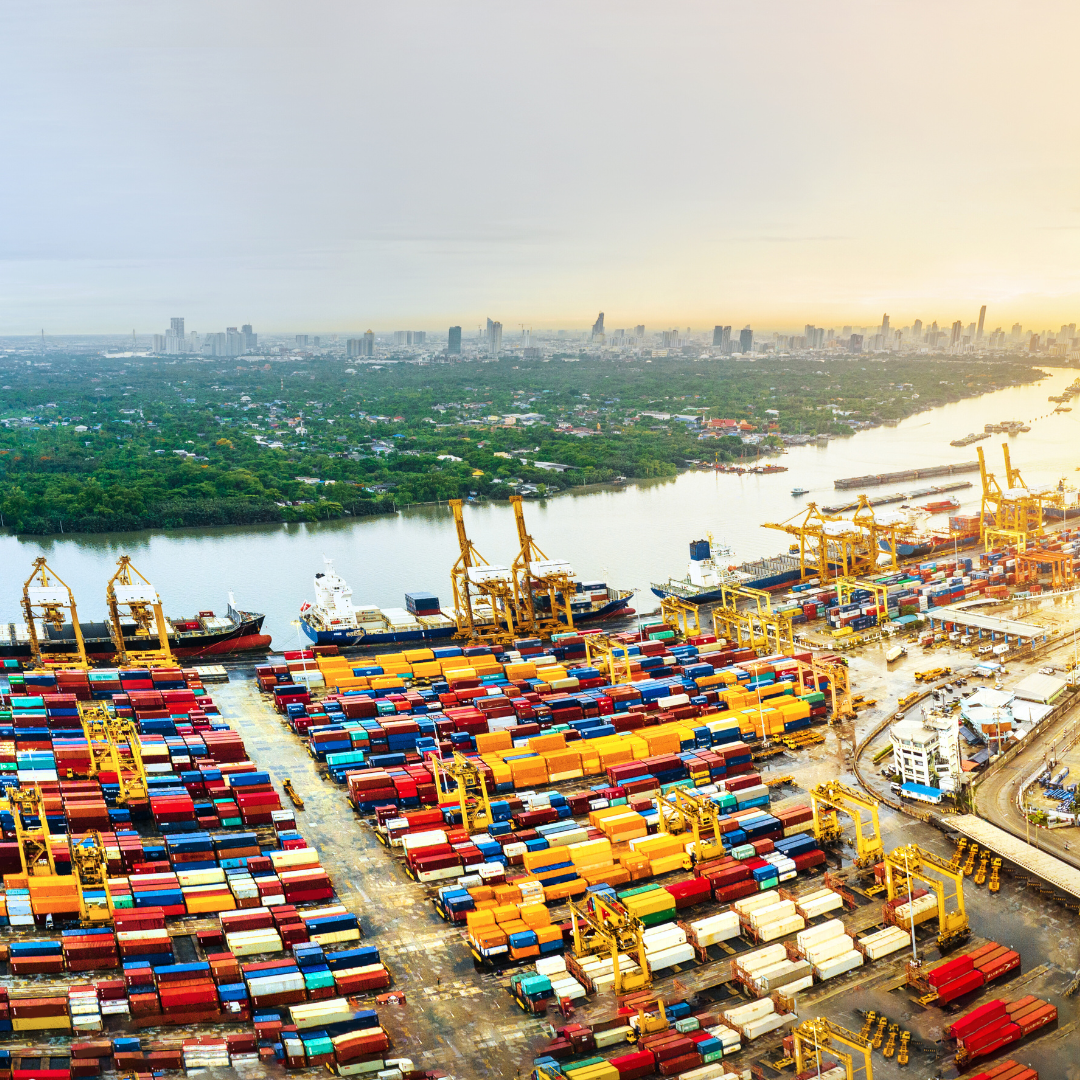Singapore’s Maritime Heritage: Exploring Historic Ports and Shipyards

Singapore’s transformation from a humble fishing village to one of the world’s busiest ports is a testament to its maritime prowess. A nexus of major sea routes, the island-nation’s strategic position has shaped its rich maritime heritage. This narrative, interwoven with tales of adventurers, traders, and craftsmen, offers an insight into how Singapore’s ports and shipyards have played pivotal roles in its rise to global prominence. Dive deep into this article to voyage through time and explore the various facets of Singapore’s maritime legacy.
A Glance at Singapore’s Maritime Past
The maritime history of Singapore predates its modern founding by Sir Stamford Raffles in 1819. Ancient seafarers and merchants from neighboring kingdoms frequented its waters, leaving behind artifacts and historical records that hint at Singapore’s early importance in regional trade.
With the British East India Company’s establishment of a trading post in Singapore, the island’s maritime significance was firmly anchored. The natural deep harbor, shielded by neighboring islands, provided safe anchorage and was instrumental in attracting ships and merchants from Europe, China, India, and the Malay Archipelago. This confluence of cultures and trade soon positioned Singapore as the “Crossroads of the East.”
The Old Ports: Tales of Trade and Growth
The heart of Singapore’s maritime heritage pulsates from its old ports. Clifford Pier, once the landing point for immigrants and sea passengers, echoed with stories of hope and new beginnings. Telok Ayer Basin and Boat Quay, by the Singapore River, once thrummed with the activities of bumboats, transferring goods to and from larger ships anchored offshore.
These ports bore witness to the influx of diverse communities—Chinese, Indian, Arab, and European traders—who brought with them a myriad of goods, from spices to textiles, contributing to the tapestry of cultures that Singapore is renowned for today. As trade flourished, so did the demand for infrastructure, leading to the development of Tanjong Pagar Dock and Keppel Harbor, setting the stage for Singapore’s modern maritime ascent.
Visiting the Maritime Experiential Museum
The Maritime Experiential Museum, nestled on Sentosa Island, provides an immersive journey into Singapore’s nautical past. Here, visitors can embark on interactive adventures, exploring ancient maritime routes, and discovering the treasures that early seafarers brought from their voyages.
Shipwreck exhibits unveil the mysteries of sunken vessels, offering a tangible connection to the past. Life-sized replicas of ancient ships, including the renowned Borobudur ship, allow visitors to experience the craftsmanship of bygone eras. Through augmented reality, virtual ship voyages, and captivating displays, the museum paints a vivid picture of Singapore’s maritime saga.
Historic Shipyards: From Shipbuilding to Modernization
Singapore’s historic shipyards narrate tales of craftsmanship, innovation, and evolution. Initially serving the needs of visiting vessels, these shipyards soon became centers of shipbuilding, with Sembawang Shipyard and Keppel Shipyard leading the way.
Over time, with the advent of technology and changing global demands, these shipyards modernized. They transitioned from wooden shipbuilding to constructing sophisticated steel vessels and offshore platforms. The expertise and commitment to quality ensured that Singapore’s shipyards enjoyed patronage from global shipping firms, cementing the nation’s reputation in the maritime sector.
Coastal Kampongs: The Traditional Seaside Villages
A significant part of Singapore’s maritime narrative lies in its coastal kampongs (villages). These seaside settlements, with their rustic charm, were home to fishing communities living in harmony with the sea. Kampong life was simple, with daily activities revolving around fishing, mending nets, and trading the day’s catch.
Changi and Punggol were among the prominent kampongs, with their stilt houses, wooden jetties, and close-knit communities. While urbanization has replaced many of these kampongs with modern infrastructure, their spirit lives on in the memories of older generations and the few preserved sites that offer glimpses into a bygone era.
The Maritime and Port Authority: Safeguarding Singapore’s Maritime Interests
The Maritime and Port Authority (MPA) stands as the custodian of Singapore’s maritime interests. Established to develop and promote maritime activities, MPA has been instrumental in ensuring that Singapore’s ports remain efficient, competitive, and safe.
From implementing regulations, overseeing ship registration, to fostering maritime research and talent development, MPA’s multifaceted role has been pivotal in upholding Singapore’s status as a leading maritime hub. With a vision for the future, MPA continues to spearhead initiatives, ensuring that Singapore remains at the forefront of global maritime affairs.
The Singapore Maritime Trail: A Guided Journey
For those keen to experience Singapore’s maritime heritage firsthand, the Singapore Maritime Trail offers a curated journey. This trail, interspersed with information boards and interactive displays, takes visitors through historic sites, iconic landmarks, and modern infrastructures.
From the bustling Boat Quay, the serenity of the Singapore River, to the grandeur of modern ports, this trail encapsulates the essence of Singapore’s maritime journey. Each stop on the trail offers anecdotes, historical insights, and a sense of connection to the island’s rich maritime tapestry.
Singapore’s maritime heritage is not just a chronicle of its ports, shipyards, and vessels, but a reflection of its resilience, adaptability, and vision. From humble beginnings as a fishing village to its stature as a global maritime hub, Singapore’s journey is a testament to its enduring maritime spirit. As we sail forward into the future, it is essential to anchor ourselves in the lessons of the past, cherishing the stories, sites, and sentiments that have charted the course of this island-nation’s remarkable maritime odyssey.


